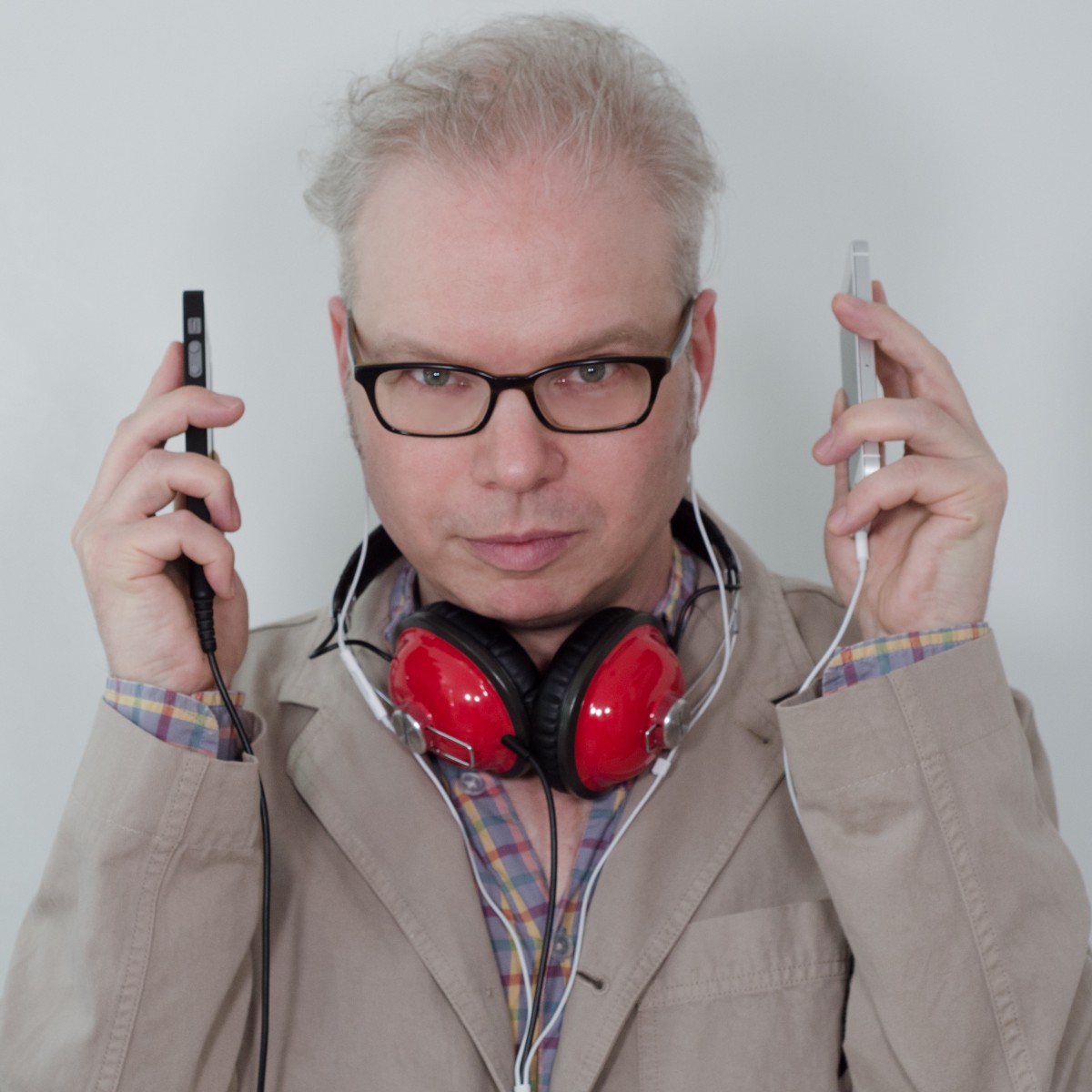
“Total freedom freezes people. They don’t know where to go.”
The Shift from Analog to Digital Sound:
Removes all excess noise from the signal
Strips away inefficiencies
Eliminates many aspects of meaning
Damon Krukowski’s musical career has coincided with major shifts in the industry, spurred by rapid, destabilizing developments in technologies of audio performance, recording, and distribution. Krukowski has watched all this in real time, first as the drummer for the band Galaxie 500 until the group’s dissolution in 1991, and then as half of Damon & Naomi, his band with his extra-musical partner (and Galaxie 500’s bassist), Naomi Yang.
But in recent years, beyond bearing witness to the move from analog to digital, Krukowski has emerged as a leading critic of this transition. In a 2012 article for Pitchfork, he detailed the pitiful royalties that streaming services such as Spotify and Pandora offers artists (using Galaxie 500’s song “Tugboat” as an example) and mused about what this meant for musicians working in the digital age. He continued to develop his ideas about analog and digital media in subsequent articles, and explored them in greater depth in his 2017 book, The New Analog: Listening and Reconnecting in a Digital World, and then in a six-part podcast on the network Radiotopia, Ways of Hearing. In each of these, Krukowski combines close listening with cultural analysis to explore the true differences—philosophical as well as sonic—between analog and digital sound (and analog and digital media more broadly), asking what the shift from the former to the latter means for our lives.
Now, after a foray into the digital world of podcasting, Krukowski’s thoughts on this subject have returned to the analog world once more, in the form of his latest book, also titled Ways of Hearing, which reimagines the text of the podcast in a new medium.
I spoke to Krukowski in March from his home in Cambridge, MA.
—Nathan Goldman
THE BELIEVER: So, you’re on a landline…
DAMON KRUKOWSKI: Yes.
BLVR: …and I’m calling you from my iPhone.
DK: Yeah, I can tell. [Laughs]
BLVR: Does that mean we’re meeting at the intersection of analog and digital?
DK: [Laughs] No, I think your digital cancels my analog out. Well, I don’t know. I can hear myself really well. That’s why I’m on the landline. The other thing that landlines have is, you hear your own voice through the earpiece. I don’t know why Apple decided not to engineer that. You can’t hear your own voice, and I find it hard to modulate my voice. I don’t know if...
You have reached your article limit
Sign up for a digital subscription and continue reading all new issues, plus our entire archives, for just $1.50/month.
Already a subscriber? Sign in




